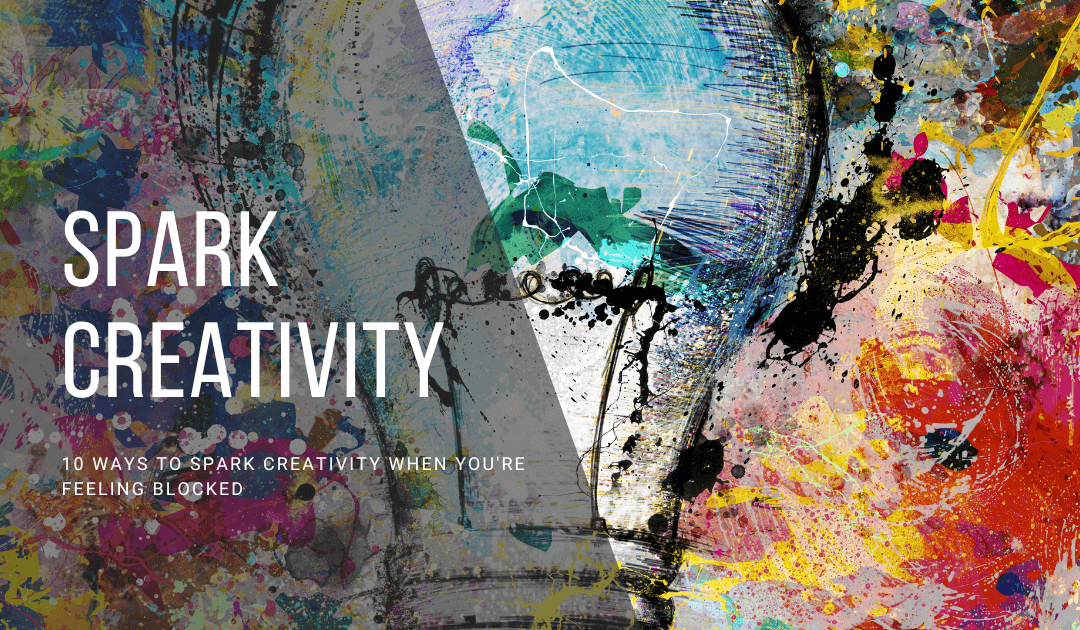Creativity is a fickle friend. At times, ideas flow effortlessly like a stream, and at other times, it feels like a dam has been erected in your mind. Personally, I’ve found that it’s particularly challenging to tap into my creativity when my mental state isn’t in the right place. Whether it’s the weight of depression or the grip of anxiety, feeling emotionally disregulated can significantly impact my ability to create. Ironically, the act of creating is, for me, a transformative force that brings me back to a regulated state. It’s a journey through which I’ve discovered that the very act of igniting my imagination is a powerful tool for reclaiming mental balance. In this blog, we’ll explore ten effective ways to spark creativity, especially when faced with the challenge of a blocked mind.
In essence, the ten strategies outlined in this blog are not just methods for sparking creativity; they are tools for reclaiming mental well-being. Changing your environment, practicing mindfulness, collaborating with others—these approaches are not merely about generating ideas but about cultivating a mindset that fosters emotional balance. The journey of rediscovering creativity is, for me, an ongoing process of finding solace and equilibrium in the act of creation. It’s a testament to the transformative power of art as a catalyst for healing and self-discovery.
10 Way to Spark Creativity
1. Change Your Environment:
When the weight of emotional struggles feels overwhelming, changing your physical environment can serve as a powerful catalyst for creative rejuvenation. Step outside the familiar confines of your usual workspace. Whether it’s relocating to a different room, seeking solace in a local coffee shop, immersing yourself in the tranquility of a nearby park, or even engaging in the therapeutic act of cleaning or shifting the layout of your room, new surroundings can act as a mental reset button. The physical act of transforming your space not only stimulates the senses but also invites fresh perspectives, paving the way for a renewed connection with your creative wellspring. This intentional shift becomes a metaphorical journey, a tangible manifestation of the internal process of breaking through creative barriers.
2. Mindful Meditation:
In moments of emotional turbulence, achieving mental clarity may appear to be a difficult task. This is precisely where the practice of mindful meditation serves as a guide to the light. Allocating a few moments to cultivate a clear mental space, one can embark on this journey by focusing on the rhythmic cadence of the breath. This simple act, akin to a mindful pause, serves as an entry point into a state of heightened awareness.
In addition to breath-focused meditation, practical mindfulness exercises offer structured approaches to tranquility. The “Five Senses Check-In,” for example, involves observing and noting five things seen, four things touched, three things heard, two things smelled, and one thing tasted. This exercise serves as a grounding technique, fostering present-moment awareness. Mindful walking, another facet of this practice, involves a deliberate and unhurried stroll. Each step becomes a conscious act, providing an opportunity to connect with the immediate environment. Attending to sensations such as the ground beneath, ambient sounds, and passing thoughts contributes to a mindful state.
The cultivation of mindfulness, whether through focused breathing, structured exercises, or intentional walking, fosters a mental environment conducive to creative thinking. As the fog of stress and anxiety gradually dissipates, a clearer path toward innovative thinking becomes evident. This intentional mental sanctuary provides fertile ground for the development of creativity—a space where ideas can take root and evolve. In essence, mindfulness serves as a practical tool for establishing a calm and receptive state of mind, facilitating the unfolding of creativity in a structured manner.
3. Collaborate and Brainstorm:
The isolation that often accompanies emotional struggles can be a breeding ground for creative stagnation. Breaking free from this solitary confinement, engaging with others becomes an effective strategy. Collaborative brainstorming sessions act as a forum for bouncing ideas around, providing a diverse array of perspectives and insights. This communal exchange not only fosters a sense of connection but also helps you see your creative projects from entirely new angles, breathing life into novel ideas that may have remained dormant. Meetup.com is a great platform for connecting with like-minded people!
4. Immerse Yourself in Other Creative Outlets:
In addressing creative stagnation, the exploration of alternative creative outlets emerges as a pragmatic strategy for rejuvenation. When confronted with a project that seems insurmountable, diversifying into different forms of creativity becomes a valuable approach. Activities such as painting, dancing, or playing a musical instrument serve as practical means to tap into latent reservoirs of inspiration. Engaging in diverse forms of creative expression not only infuses fresh vigor into existing work but also cultivates an array of imaginative possibilities.
It is crucial to underscore that the pursuit of perfection or external validation should not be the primary goal. The focus should pivot towards the intrinsic value of the creative process—a journey of self-discovery and personal fulfillment. This approach liberates the creative individual from external pressures, fostering an environment conducive to authentic and unencumbered expression. By adopting this mindset, creativity becomes a purpose-driven exploration, unhampered by external expectations, and aligned with the genuine satisfaction derived solely from the act of creation.
5. Limit Distractions:
Addressing mental disregulation is often linked to the disorder of a cluttered mind. Clearing both physical and digital spaces is a vital measure in reclaiming focus and fostering creative concentration. Suppressing the influx of notifications, closing superfluous browser tabs, and establishing an environment conducive to deep contemplation are effective strategies. Minimizing distractions creates a workspace where the mind can singularly engage with the creative task at hand, liberated from external disturbances. Additionally, implementing measures such as turning off the phone and blocking off dedicated time on your calendar further fortify this intentional and focused approach to creative work.
6. Read Widely:
Diversifying your reading habits becomes a gateway to unexplored realms of thought and inspiration. In moments of emotional turbulence, exposing yourself to books, articles, or genres outside your usual preferences serves as a beacon of intellectual exploration. This broadened exposure not only sparks fresh thoughts but also introduces you to novel concepts, infusing your creative pursuits with a renewed sense of curiosity and possibility.
7. Take Breaks and Exercise:
Physical activity emerges as a potent antidote to the cognitive fatigue that often accompanies emotional struggles. Integrating short breaks for movement, whether through stretching, walking, or engaging in a quick workout, facilitates increased blood flow to the brain. This surge in oxygen rejuvenates mental energy, creating a fertile ground for creative thinking to flourish. The interplay between physical activity and creativity becomes a harmonious dance, each step propelling you further toward a state of rejuvenation.
8. Keep a Creativity Journal:
Amidst emotional turbulence, the practice of documenting thoughts and ideas serves as a valuable anchor. A dedicated creativity journal provides a tangible medium for recording insights, inspirations, and the unfiltered emotions inherent in the creative process. The intentional act of regularly revisiting this journal serves a dual purpose: rekindling past inspirations and establishing a reservoir of concepts to draw from during periods when creative flow seems elusive. Moreover, incorporating sessions of stream-of-consciousness writing, where punctuation, spelling, and handwriting take a backseat, can be an additional means of fostering uninhibited expression and mining the depths of one’s creative reservoir.
9. Embrace Constraints:
For those who thrive under pressure. The paradox of creativity lies in its ability to thrive within limitations. When emotional struggles impose constraints on your creative process, embracing these limitations becomes a transformative strategy. Set intentional boundaries, whether through time limits or specific themes for your project. Working within these constraints compels you to think innovatively, fostering a mindset that seeks unique solutions to overcome obstacles. In this dance with limitations, creativity emerges not despite but because of the challenges you face.
10. Seek Inspiration from Nature:
Nature, with its enduring beauty and limitless wonders, serves as a refuge for mental well-being. When faced with the tumult of emotional struggles, turning to the natural world becomes a potent remedy. Engaging with nature can take various forms, such as a leisurely walk in a nearby park, embarking on a trail hike, or finding tranquility in a garden setting. The sights, sounds, and smells of nature possess a remarkable capacity to rejuvenate the mind, acting as a guide to reignite the creative spark within. Scientifically, exposure to nature has been shown to reduce stress, improve mood, and enhance cognitive function, making it a practical and evidence-based strategy for promoting mental clarity and fostering creative inspiration.
Conclusion:
In conclusion, navigating through creative blocks and emotional unrest requires a multifaceted approach that encompasses both mental and environmental considerations. The strategies discussed herein, from changing your physical environment to engaging in diverse creative outlets, practicing mindfulness, minimizing distractions, and connecting with nature, collectively form a toolkit for fostering creativity amid challenging circumstances.
Recognizing that creativity is not a linear path and that emotional well-being profoundly influences the creative process is pivotal. By acknowledging the impact of emotional struggles on creative endeavors, individuals can cultivate a compassionate understanding of their own creative journey. In this context, maintaining a creativity journal—whether through structured documentation or uninhibited stream-of-consciousness writing—provides a tangible means of processing emotions, capturing insights, and reigniting past sparks.
Moreover, the importance of intentionality cannot be overstated. Deliberately setting aside time, blocking distractions, and engaging in focused, mindful practices contribute to the creation of an environment conducive to deep creative work. These intentional efforts not only bolster concentration but also foster a mindset that values the creative process for its intrinsic rewards rather than external validation.
Finally, the role of nature as a restorative force cannot be overlooked. Immersing oneself in the natural world serves as a powerful remedy, offering a mental sanctuary where the mind can rejuvenate, and the creative spark can reignite.
In the face of creative challenges and emotional turmoil, the collective implementation of these strategies forms a holistic and pragmatic approach to navigate through blocks and foster a sustained and fulfilling creative journey. Embracing the ebb and flow of the creative process, coupled with intentional practices for self-care and environmental optimization, empowers individuals to not only overcome obstacles but to thrive creatively amidst the dynamic landscape of their own minds.



